Dark Leaf Hydrangeas: The Perfect Plants For Shady Spots
Dark Leaf Hydrangeas: The Perfect Plants for Shady Spots
Hydrangeas are some of the most popular flowering shrubs in the world, and for good reason. They come in a wide variety of colors, sizes, and shapes, and they can add a touch of elegance to any garden. But what if you don't have a lot of sun in your yard? Don't worry, there are still plenty of hydrangeas that will thrive in shady spots.
Dark leaf hydrangeas are a great option for gardens that receive partial to full shade. These hydrangeas have deep green leaves that provide a lush backdrop for their flowers. And because they don't need as much sunlight, they are less likely to wilt or scorch in hot, dry weather.
Here are a few of the best dark leaf hydrangeas for shady spots:
- Hydrangea macrophylla (bigleaf hydrangea) is a classic hydrangea that comes in a variety of colors, including blue, pink, and white. Bigleaf hydrangeas are relatively easy to care for and can grow to be quite large, so they are a good choice for larger gardens.
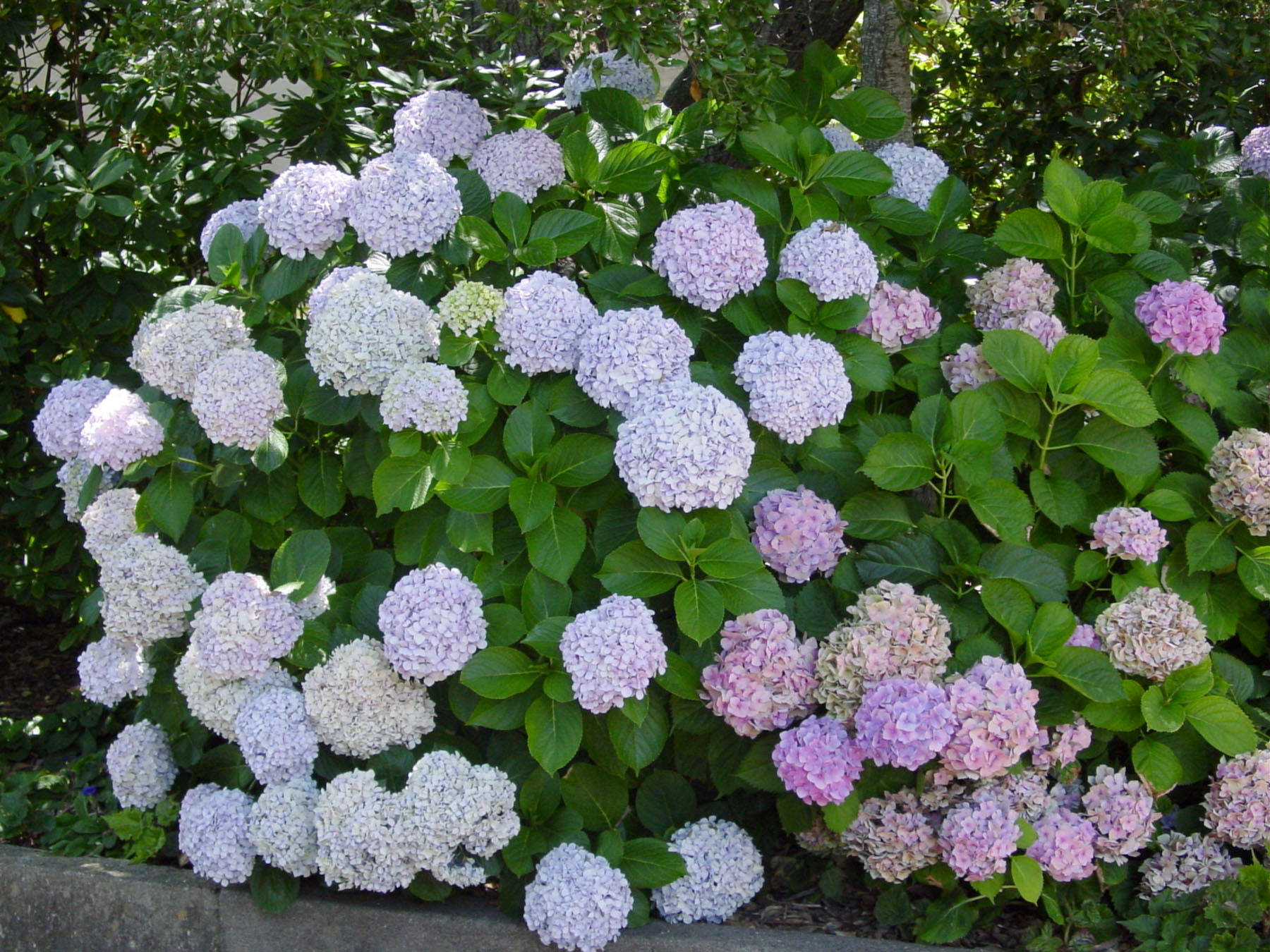
- Hydrangea quercifolia (oakleaf hydrangea) is another popular choice for shady gardens. Oakleaf hydrangeas have large, lobed leaves that resemble oak leaves. They produce clusters of white flowers in the summer.
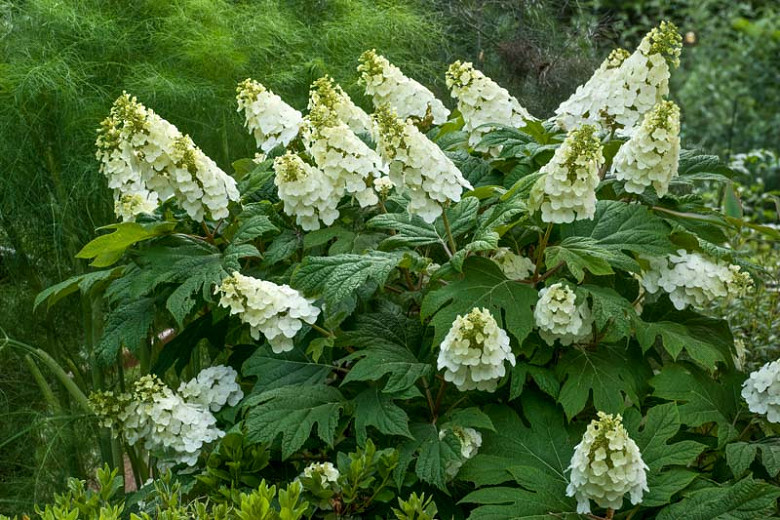
- Hydrangea serrata (mountain hydrangea) is a smaller hydrangea that is well-suited for smaller gardens or containers. Mountain hydrangeas have dainty, lacecap flowers that bloom in the summer.
- Hydrangea anomala subsp. petiolaris (climbing hydrangea) is a vining hydrangea that can be trained to climb walls, fences, or arbors. Climbing hydrangeas have white flowers that bloom in the summer.
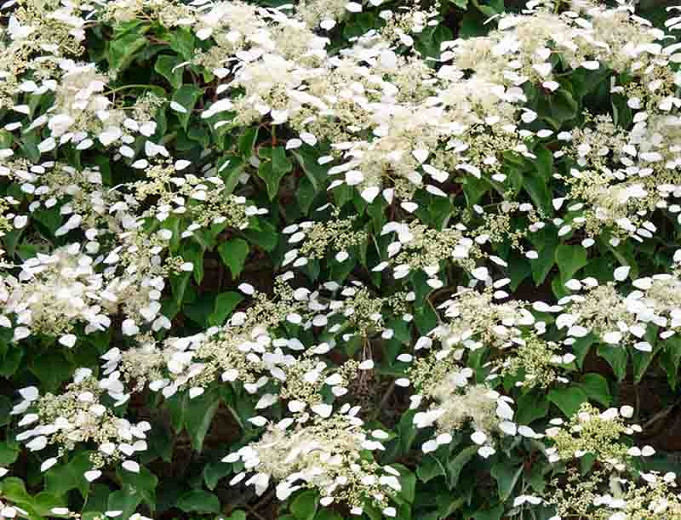
No matter which dark leaf hydrangea you choose, you are sure to add a touch of beauty to your shady garden.
How to Care for Dark Leaf Hydrangeas
Dark leaf hydrangeas are relatively easy to care for. They need well-drained soil and regular watering. In the spring, you can fertilize them with a balanced fertilizer. To encourage darker leaves, you can add aluminum sulfate to the soil.
Dark leaf hydrangeas are hardy in USDA zones 3-9. They can be pruned in the spring to shape them or to remove dead or damaged branches.
Conclusion
Dark leaf hydrangeas are a beautiful and versatile addition to any garden. They are perfect for shady spots, and they are relatively easy to care for. With a little TLC, your dark leaf hydrangeas will thrive for years to come.
If you're looking for a hydrangea with dark, dramatic leaves, then you need to check out the . This website has a wide variety of dark leaf hydrangeas to choose from, including:
- Hydrangea macrophylla 'Tuxedo', which has deep purple-black leaves and large, white flowers.
- Hydrangea paniculata 'Black Diamonds', which has dark green leaves and panicles of creamy white flowers.
- Hydrangea quercifolia 'Diana', which has dark green leaves that turn red in the fall and large, lacecap flowers.
The website also has a wealth of information about dark leaf hydrangeas, including how to care for them, how to propagate them, and how to choose the right variety for your climate.
So if you're ready to add some drama to your garden, then head on over to today!
FAQ of dark leaf hydrangea
- Q: What is a dark leaf hydrangea? A: A dark leaf hydrangea is a type of hydrangea that has leaves that are a deep green color. This color is caused by the presence of anthocyanins, which are pigments that are responsible for the red, blue, and purple colors in many plants. Dark leaf hydrangeas are typically found in areas with acidic soil, as anthocyanins are more abundant in acidic conditions.
- Q: How do I make my hydrangea leaves darker? A: There are a few things you can do to make your hydrangea leaves darker. One is to add acidic compost or peat moss to the soil around your plant. You can also water your plant with rainwater or distilled water, as tap water can sometimes contain minerals that can make the leaves lighter. Finally, you can trim your plant back in the spring, as this will encourage new growth with darker leaves.
- Q: Why are my hydrangea leaves turning yellow? A: There are a few reasons why your hydrangea leaves might be turning yellow. One possibility is that the plant is not getting enough sunlight. Hydrangeas need at least 6 hours of sunlight per day to thrive. Another possibility is that the plant is not getting enough water. Hydrangeas need to be watered regularly, especially during hot, dry weather. Finally, it is also possible that the plant is suffering from a nutrient deficiency. If you are concerned about the yellowing of your hydrangea leaves, it is best to consult with a gardening expert to determine the cause.
- Q: What are some common pests and diseases that affect dark leaf hydrangeas? A few common pests that can affect dark leaf hydrangeas include aphids, scale insects, and spider mites. These pests can suck the sap out of the leaves, causing them to wilt and discolor. If you see any of these pests on your hydrangea, you can remove them by hand or with insecticidal soap. Some common diseases that can affect dark leaf hydrangeas include leaf spot, powdery mildew, and verticillium wilt. Leaf spot causes dark spots to form on the leaves, powdery mildew causes a white powdery coating to form on the leaves, and verticillium wilt causes the leaves to wilt and the plant to eventually die. If you see any signs of disease on your hydrangea, it is best to consult with a gardening expert to determine the best course of treatment.
- Q: How do I care for a dark leaf hydrangea? Dark leaf hydrangeas are relatively easy to care for. They need to be planted in a location that receives full sun to partial shade. The soil should be well-drained and acidic. Hydrangeas need to be watered regularly, especially during hot, dry weather. They should also be fertilized once a month during the growing season. With proper care, dark leaf hydrangeas can be a beautiful and long-lived addition to any garden.
Image of dark leaf hydrangea
Here are 5 different images of "dark leaf hydrangea" from Pinterest:
- Plum Hydrangea
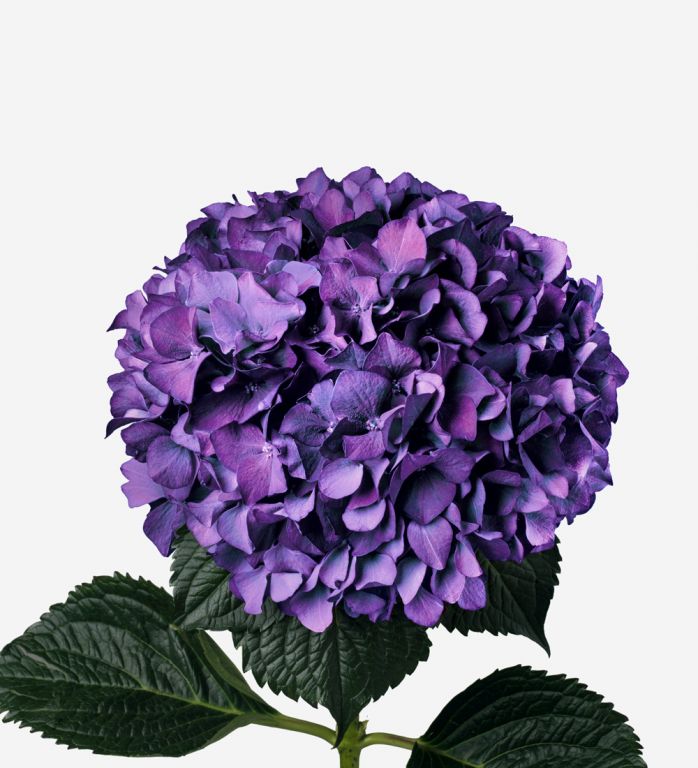 This type of hydrangea has dark green leaves that turn plum in the fall. It is a deciduous shrub that grows up to 6 feet tall. Plum hydrangeas bloom in late spring or early summer with large, cone-shaped clusters of white or pink flowers.
This type of hydrangea has dark green leaves that turn plum in the fall. It is a deciduous shrub that grows up to 6 feet tall. Plum hydrangeas bloom in late spring or early summer with large, cone-shaped clusters of white or pink flowers. - Limelight Hydrangea
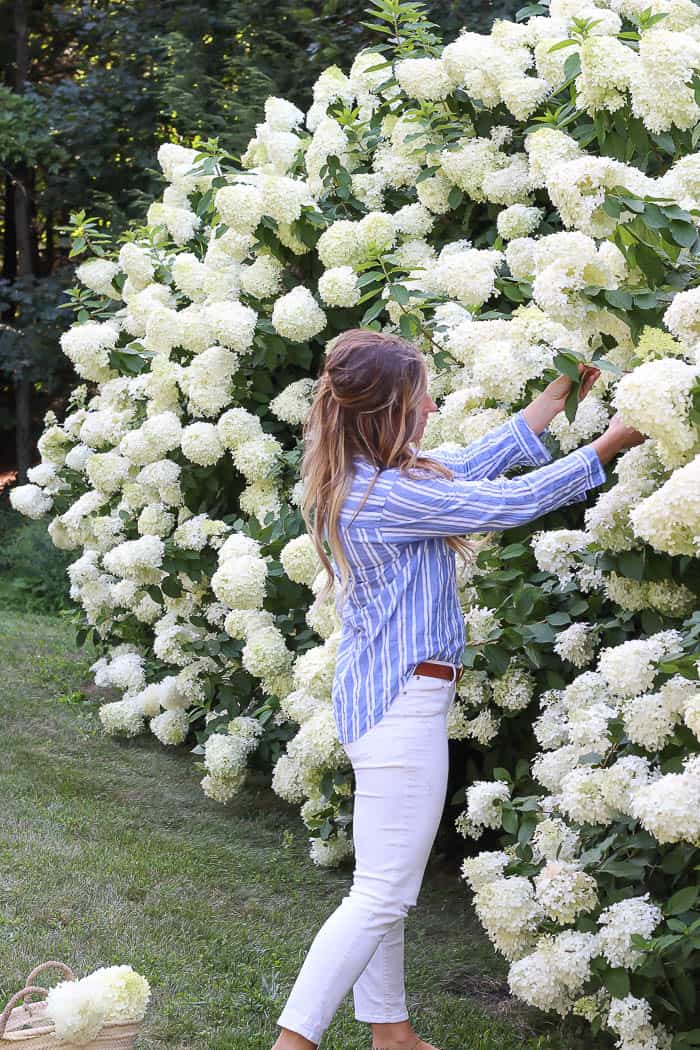 Limelight hydrangea is a popular variety that is known for its large, white flowers that bloom in the summer. The leaves of this hydrangea are also dark green, but they can turn a reddish-purple color in the fall.
Limelight hydrangea is a popular variety that is known for its large, white flowers that bloom in the summer. The leaves of this hydrangea are also dark green, but they can turn a reddish-purple color in the fall. - Blue Hydrangea
Blue hydrangeas are another popular variety that is known for its beautiful blue flowers. The leaves of this hydrangea are also dark green, but they can turn a bronze color in the fall.
- Masquerade Hydrangea
 Masquerade hydrangea is a unique variety that has flowers that can change color depending on the pH of the soil. In acidic soil, the flowers will be pink, while in alkaline soil, they will be blue. The leaves of this hydrangea are also dark green, but they can turn a reddish-purple color in the fall.
Masquerade hydrangea is a unique variety that has flowers that can change color depending on the pH of the soil. In acidic soil, the flowers will be pink, while in alkaline soil, they will be blue. The leaves of this hydrangea are also dark green, but they can turn a reddish-purple color in the fall. - Queen Elizabeth Hydrangea
 Queen Elizabeth hydrangea is a large, deciduous shrub that can grow up to 10 feet tall. It has large, white flowers that bloom in the summer. The leaves of this hydrangea are dark green and can turn a reddish-purple color in the fall.
Queen Elizabeth hydrangea is a large, deciduous shrub that can grow up to 10 feet tall. It has large, white flowers that bloom in the summer. The leaves of this hydrangea are dark green and can turn a reddish-purple color in the fall.
Post a Comment for "Dark Leaf Hydrangeas: The Perfect Plants For Shady Spots"